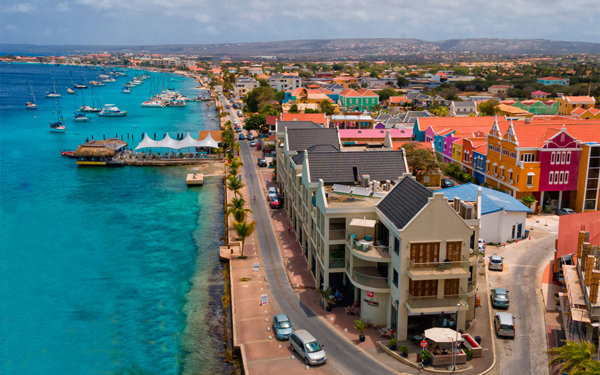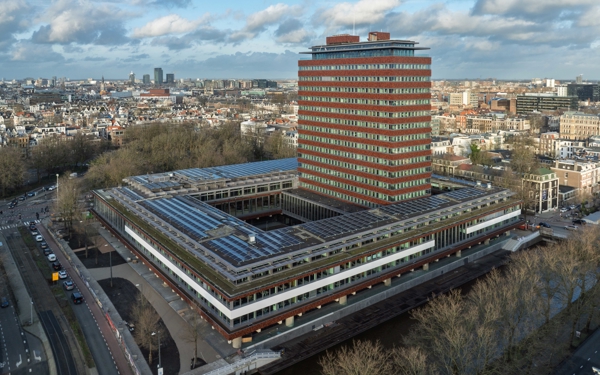The purpose of the CCyB is to increase banks' resilience as cyclical risks build up, and to release the buffer as soon as risks materialise. This gives banks additional headroom to absorb losses in bad times, and it supports lending to businesses and consumers. This can limit the immediate impact of a crisis on the real economy. The CCyB applies to domestic exposures and has a mandatory reciprocity of up to 2.5%. Therefore, foreign banks with exposures in the Netherlands must also hold capital because of the 1% CCyB.
In accordance with our new framework for establishing the CCyB, we aim for a 2% CCyB in a standard risk environment (when cyclical systemic risks are neither particularly high nor particularly low)1. In doing so, we seek to better take account of the inherent uncertainty involved in measuring (cyclical) systemic risk. We then determine the size of the CCyB on the basis of a varied set of indicators (including the credit gap shown in Chart 1) that interpret the phase of the cyclical systemic risk and compare it with a structural trend (Table 1).
The risk environment that appears from the framework matches a standard risk environment. It shows that the Dutch economy has recovered substantially since the outbreak of the COVID-19 virus, that the Dutch financial sector is still sufficiently resilient, and that cyclical risks are at ‘normal’ to elevated levels. Although the war in Ukraine is causing additional uncertainty, no fundamental change in the cycle is apparent as yet. There is therefore reason to start building the CCyB.
We accordingly announced the activation of a 1% CCyB in our Financial Stability Report of 25 May 2022. In accordance with the applicable laws and regulations, it takes one year before the buffer takes effect on 25 May 2023. The activation of the 1% CCyB in the Netherlands is a first step towards the 2% CCyB that we eventually want banks to hold in a standard risk environment.





